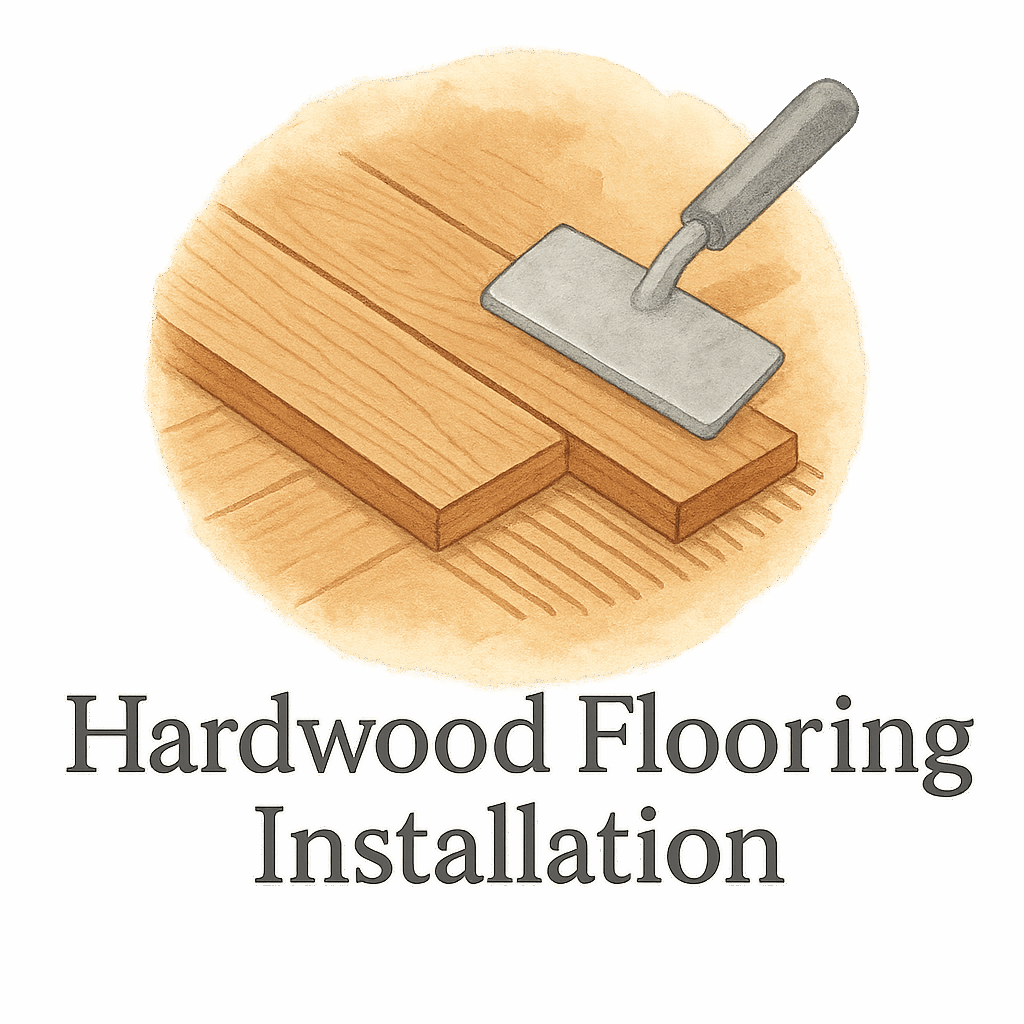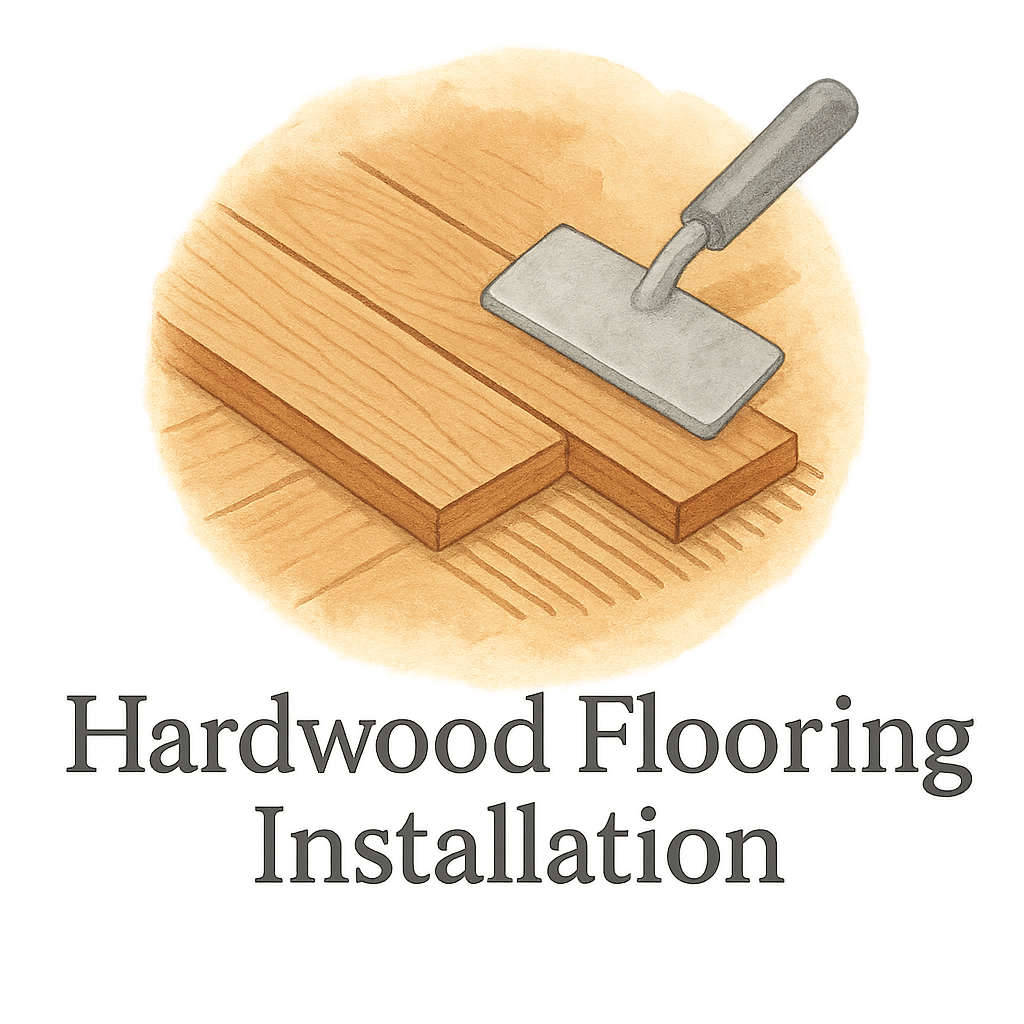Hardwood flooring adds a timeless charm to any home, but keeping it looking fresh and flawless requires more than an occasional sweep. If you want to keep your floors in top shape for decades, your daily habits matter more than you think. Let’s walk through 10 daily habits to extend hardwood flooring lifespan—practical tips you can start today!
Why Daily Habits Matter for Hardwood Flooring Longevity
Hardwood may look tough, but it’s more sensitive than it seems. Dirt, moisture, and even dry air can wreak havoc on your floorboards over time. By embedding healthy flooring habits into your everyday routine, you avoid unnecessary wear and extend their life dramatically.
Want to know the secret to floors that last a lifetime? It starts with your shoes, your mop, and even your humidity levels.
1. Sweep or Dry Mop Every Day
Dust and grit act like sandpaper on hardwood. Each step you take grinds tiny particles into the surface, dulling the shine and wearing down the finish.
The Right Tools for Daily Cleaning
Use a microfiber mop or a soft-bristled broom. These tools trap dust instead of just pushing it around. Avoid string mops or overly wet pads.
Explore essential flooring tools and materials for gentle cleaning products that won’t damage your finish.
Avoid Water at All Costs
Water and wood? Not friends. Avoid wet mopping. If something spills, mop it up fast. Use cleaners made specifically for hardwood floors only.
2. Use Doormats and Area Rugs Strategically
Ever notice how the entryways wear down first? That’s no coincidence.
Trap Dirt Before It Hits the Floor
Place doormats inside and outside every entrance. These little mats catch grit and moisture before it reaches your precious floors.
Check out more about flooring preparation for smart setup tips in high-traffic areas.
Area Rugs vs Runners—Which to Choose?
Runners are great for hallways; rugs protect under tables and couches. Choose rugs with natural backings to avoid damage from rubber or latex.
Don’t miss these best flooring protection tips.
3. Clean Spills Immediately
Spills are unavoidable—but letting them sit is a major mistake.
Moisture Damage is Real
Even a few minutes of standing water can lead to staining, swelling, or warping. Grab a soft cloth and blot—not wipe—the mess up.
This habit is a must on your flooring maintenance and repair checklist.
Best Practices for Spot Cleaning
Use a gentle hardwood-safe cleaner and a soft cloth. Avoid harsh chemicals, vinegar, or steam mops.
For more how-tos, see our flooring cleaning tag.

4. Remove Shoes Indoors
This small habit makes a massive difference.
Grit, Sand, and Heel Marks
Shoes bring in dirt and cause scuff marks—especially high heels. Imagine a stiletto as a mini hammer every time it hits the floor.
Create a Shoe-Free Zone
Set up a shoe bench or basket near the door. Make it easy for family and guests to switch to indoor slippers or socks.
Explore this tip in our DIY flooring guide.
5. Maintain Proper Indoor Humidity
Hardwood is alive—it breathes, expands, and contracts with humidity levels.
How Humidity Affects Hardwood
Low humidity causes boards to shrink and gap. Too much moisture? Buckling or swelling. Aim for 35–55% indoor humidity.
Tools to Regulate Air Quality
Use a humidifier in winter and a dehumidifier in summer if needed. A smart thermostat can help too.
We dive deeper into this in our home improvement tag.
6. Use Furniture Pads and Protectors
Those chair legs? They’re floor destroyers if left unpadded.
Preventing Dents and Scratches
Add felt pads to anything that moves—chairs, tables, even plant stands. They reduce friction and protect your floors from dents.
Regular Check on Furniture Legs
Pads wear down or fall off over time. Make it a habit to check and replace them monthly.
See more tips under our flooring damage tag.
7. Rearrange Furniture Periodically
This isn’t just a design trick—it’s good for your floors too.
Why Moving Furniture Matters
Static layouts cause uneven fading and wear. Rearranging exposes all parts of the floor equally to sunlight and foot traffic.
Avoiding Uneven Wear
Switch up rugs, chairs, and even wall art occasionally. This habit not only protects your floor—it keeps your space fresh.
Want to get it right? Don’t miss our flooring layout tips.
8. Vacuum Weekly with a Hardwood-Safe Attachment
Daily mopping handles surface dirt—but vacuuming gets the deep stuff.
Types of Vacuums to Use
Use one with a bare-floor setting or a hardwood attachment. Avoid models with beater bars—they’ll scratch your finish.
What to Avoid While Vacuuming
Don’t rush. Slow, steady passes with the right gear are key.
Brush up on your flooring maintenance knowledge.
9. Keep Pets’ Nails Trimmed
Love your furry friends? Then keep their paws in check.
Scratches from Claws
Even small pets can leave marks if their claws get too long. Regular trimming prevents gouges and keeps the finish intact.
Additional Tips for Pet Owners
Lay down pet mats under water bowls. Wipe paws during rainy days. Bonus: cleaner floors and happier pets.
Pet-friendly ideas live under our flooring tips tag.
10. Perform Monthly Deep Cleaning and Inspection
Your daily habits are great, but monthly check-ins catch problems early.
Products Safe for Hardwood Floors
Use a pH-neutral hardwood cleaner and follow the manufacturer’s directions. Buff gently with a microfiber cloth.
Look for Early Damage Signs
Keep an eye out for scratches, stains, loose boards, or dull spots. Early repairs cost less and save stress.
For DIY fixes, visit our flooring repair guide or our handy DIY tag.
Conclusion
It’s easy to think hardwood floors are “set it and forget it,” but your daily habits play a huge role in preserving their beauty. By incorporating these 10 simple routines, you’ll enjoy stunning floors for decades—and save thousands in repairs or replacements.
From using a dry mop to monitoring humidity, the key lies in consistency and awareness. Remember, small steps today protect big investments tomorrow.
For more expert tips, check out Flooring Contractor Plan of BS and explore detailed guides, cost breakdowns, and maintenance checklists.
FAQs
1. How often should I clean hardwood floors?
Daily dry mopping or sweeping is ideal. Do a deeper clean once a month.
2. What’s the best cleaner for hardwood floors?
Look for pH-neutral cleaners specifically labeled for hardwood. Avoid vinegar or ammonia-based products.
3. Is it okay to use a steam mop on hardwood?
No. Steam can cause wood to warp or swell over time.
4. What type of vacuum is safe for hardwood?
Choose one without a beater bar and use a hardwood floor attachment.
5. Can I use rugs with rubber backings?
Avoid them. Rubber can trap moisture and discolor your floor. Opt for natural backing instead.
6. How do I fix minor scratches?
Use a hardwood touch-up pen or filler that matches your floor color. For deeper gouges, consult a pro.
7. Where can I find more flooring advice?
Head to Flooring Contractor Plan of BS and check out tags like guide, install, patterns, and quotes.


